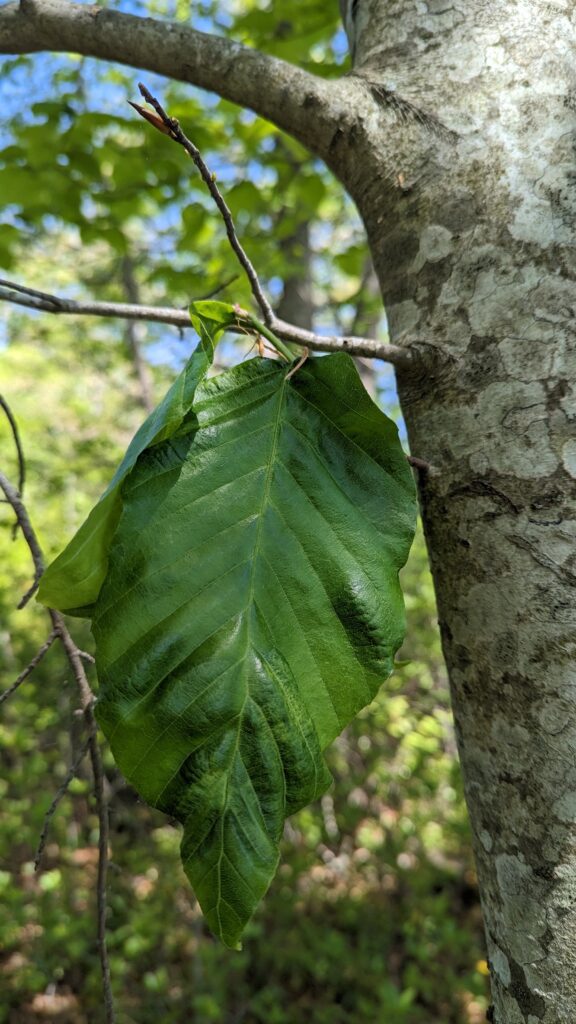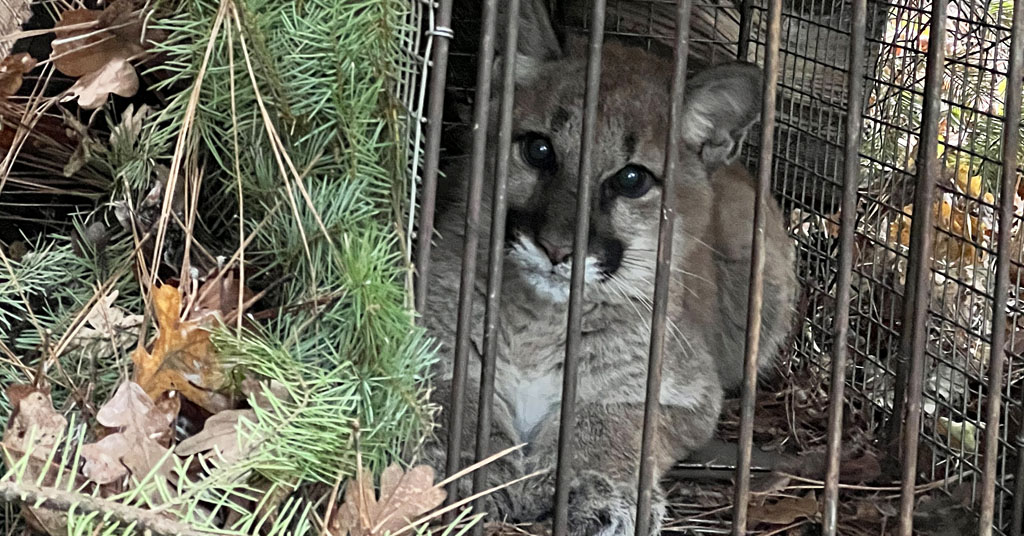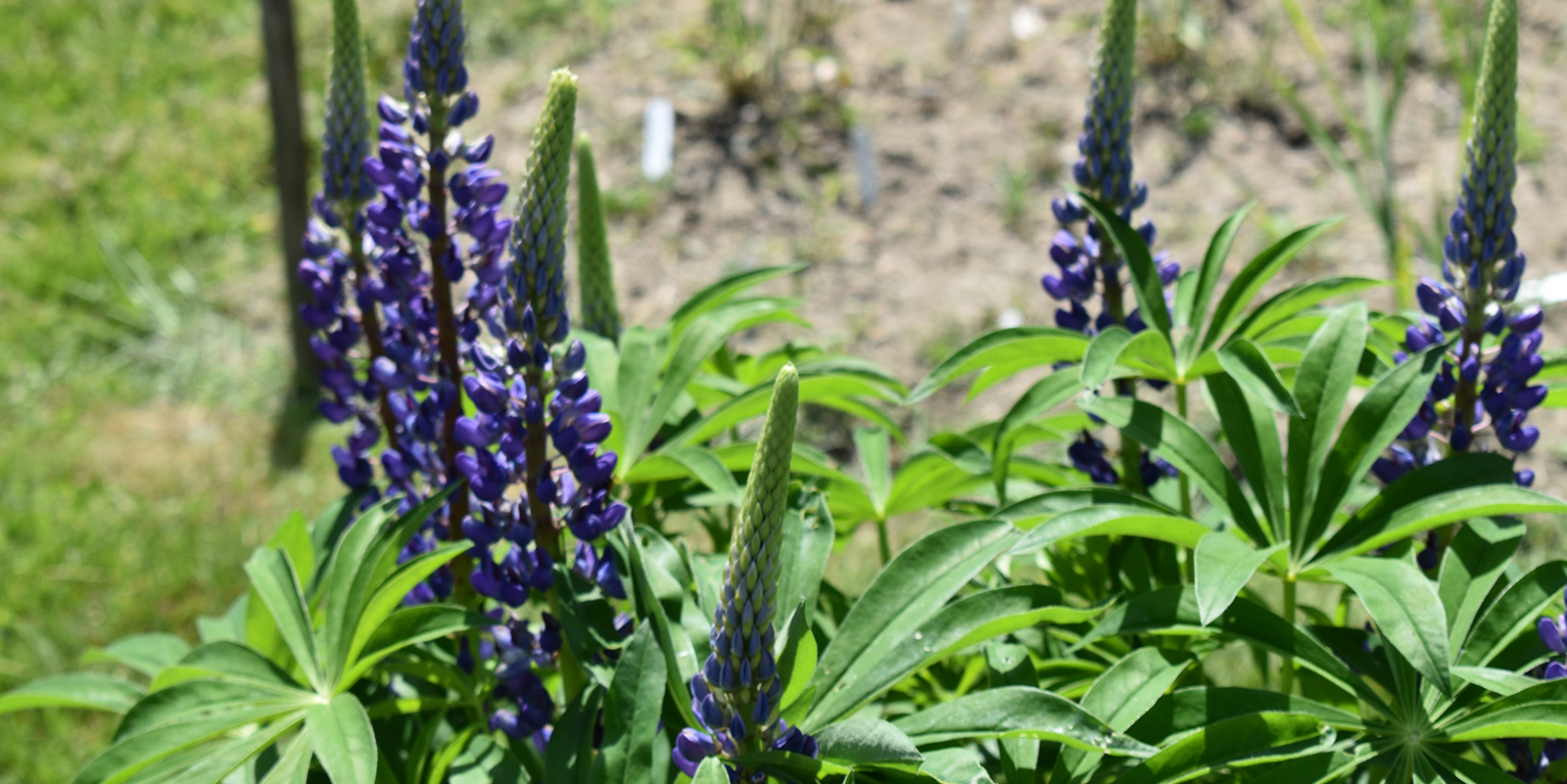Another Bleak Chapter: Beech Leaf Disease and the Woe of Local Forests
May 22, 2023
Beech leaf disease, which has devastated northern hardwood forests since its discovery in Ohio in 2012, has spread throughout Rhode Island’s beech trees.
“It would change the whole forest ecosystem if they go,” said Heather Faubert, director of the University of Rhode Island’s Plant Protection Clinic. “We know what’s infected them but don’t know yet how it spreads, only that it spreads very quickly. It was first identified in Ashaway in 2020 and is now statewide.”
The disease is infecting beech trees in all New England states except Vermont, and was first detected in Connecticut in 2019.
Faubert’s general description tracks the terrible template that has wiped out or is en route to wiping out several native North American tree species. Details differ, but the plot never changes: People notice dying trees, a cause is identified, swaths of forest succumb as more becomes known, then to various effects preventative, palliative, or restorative measures are taken, often in combination. American chestnut exists on life support, American elm is greatly diminished, and currently eastern hemlock, the entire ash genus, and now American beech are all in dire peril.
As Faubert noted, what exactly causes beech leaf disease (BLD) and how it spreads are currently unknown, though the critical vector is Litylenchus crenatae mccannii, a nearly microscopic nematode, or worm, that feeds on beech leaves. Whether the creatures themselves degrade foliage or just open leaves up to viral or fungal attacks is the mystery.
“The general consensus among researchers is that they don’t know if there’s another piece to the puzzle,” said Joe Verstandig of the Newport Tree Conservancy. “There are nematodes in unaffected trees in parts of Michigan, leaving it open what’s at play.”
What is perfectly clear is when a tree has been infected. Leaves curl and grow dark bands, developing a leathery texture as if they’ve been jerked. Rhode Island has abundant American beech, and local evidence is everywhere.

Where it grows beech is a climax species, a shade-tolerant tree coming up beneath oaks and other sun-lovers to eventually dominate the canopy. Most southern New England forests aren’t old enough for this stage to have re-developed after centuries of forest abuse, but a 20-acre window can be seen in Portsmouth’s Oakland Forest where trees are 250 years old or more.
When calorie-rich chestnuts went down, beech nuts became a critical surrogate for wildlife like squirrels, turkeys, deer, and black bears, which recently slipped back into Rhode Island.
Known for their bristly nut husks, beech trees are easy to identify by the smooth gray bark that resembles elephant hide. BLD makes identification even easier. From Weetamoo Woods to Aquidneck Island to the Great Swamp and Arcadia, the tell-tale sickly leaves dropped away through summer 2022, exposing formerly shady ground to open sun. For forest lovers, how this plays out is a slow-rolling, white-knuckle affair.
Should these stands die, other trees such as red maple and black birch might replace them, but forests are running out of species to do so. Arcadia has good examples where young beech are in strong positions to replace all the canopy oaks lost to invasive spongy moth caterpillars from 2015-17, but with BLD now firmly established those holes are as likely to be filled by forest-smothering invasives such as barberry and bittersweet. Elm, ash, and hemlock all grow well where beech do, but are managing their own apocalypses. For all this, Faubert doesn’t despair, pointing out that BLD is in its early phases.
“The nematodes overwinter in the buds, which is bad,” she said. “But the good news there is that the leaves die early and by June most trees sprout a second set. These are smaller and thinner, but may help the trees survive longer. In Ohio where we have the most data, trees take 6-10 years to die, so they haven’t seen too much mortality yet.”
The hope is that trees will withstand BLD long enough to either figure out a chemical defense on their own or for people to come up with a treatment. Insecticides have helped towns protect prized elms, hemlocks, and ash, and a potassium-based fertilizer used as a soil drench is effective against BLD. This is great for towns like Newport with its stately street beeches, but for now it’s too expensive as a forest treatment, and dumping poison in any ecosystem is at best dodgy. For now, apart from monitoring, forest beech are on their own while researchers hustle to find answers.
Given how fast BLD spreads, birds or nursery shipments — maybe both — are the likely vehicles. Nothing, however, is certain. Where the nematodes came from is another blank. They might be invasive themselves, or a virus associated with them may have been roused from dormancy by the warming climate. Beech have a vast range and BLD is being studied across it, but for now critical nuances remain unclear. The only certainty is that beech are reeling, a dizzying blow given the list of jeopardized northern tree species.
“It’s devastating when you think about what’s happened to our native trees over the last century,” Verstandig said. “The majority of the general population doesn’t realize the drastic changes in our forest ecosystem in the recent past. As a tree and nature lover, it breaks your heart.”
It’s too early to tell if BLD will be part of that long-running heartbreak, but it’s deeply worrisome. Locally and nationally, dedicated people are working to blunt it, but for now a familiar fret has set in as one more species begins to wither.




I live in West Greenwich. We have a lot of beech trees, which used to be very healthy. No more. I’m sure this disease is affecting our trees. I have caught sight of a very small brown worm on some of the leaves. The leaves are being eaten, but also bunches of them are curling and shriveling together. This has been happening for a few years now, but it is way worse this time. I would be open to anyone from DEM or URI to come look at the destruction.
Food for thought : Could this be nature’s way of dealing with climate change??
I wonder if it is in the vascular system of the trees. I have a number of sick beeches in my woods and even the root suckers are affected.
Walking at Audubon’s Caratunk in Seekonk this week and saw lots of the American beeches with this leaf damage. So sad if it is really harmful to the life of the trees.